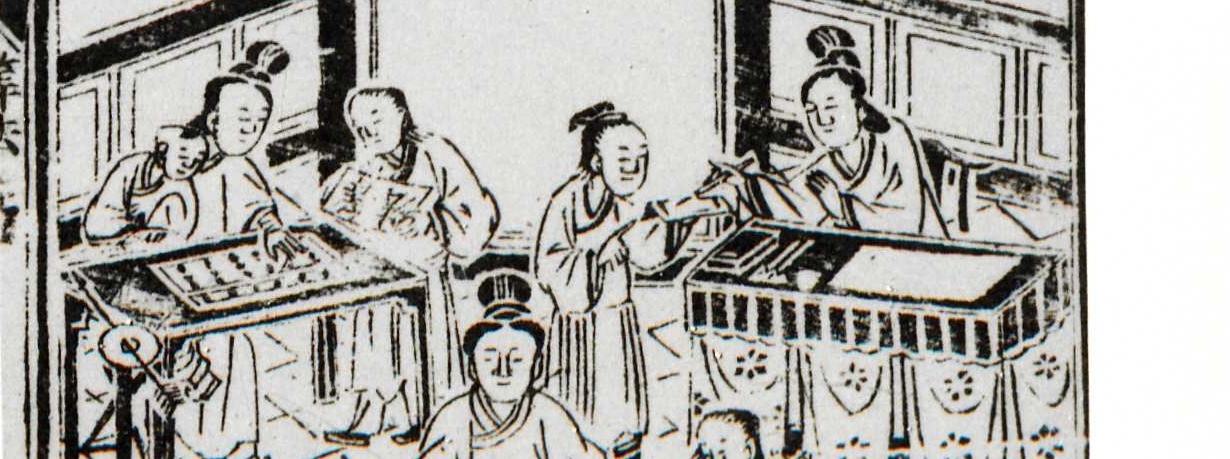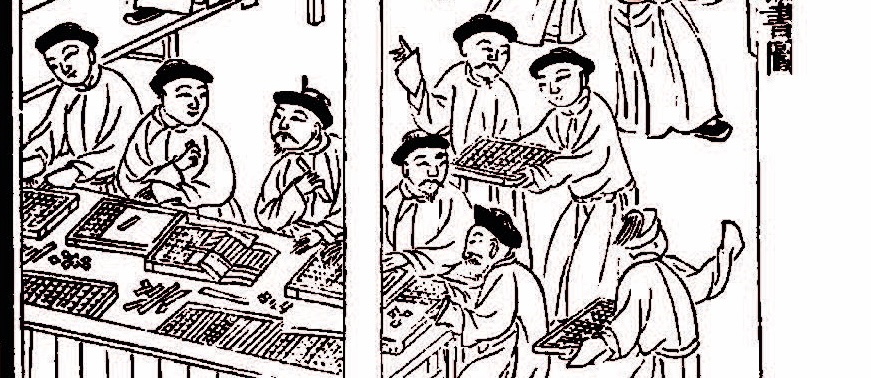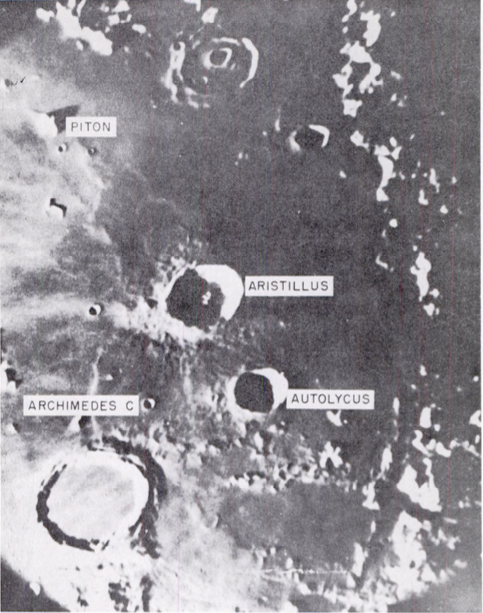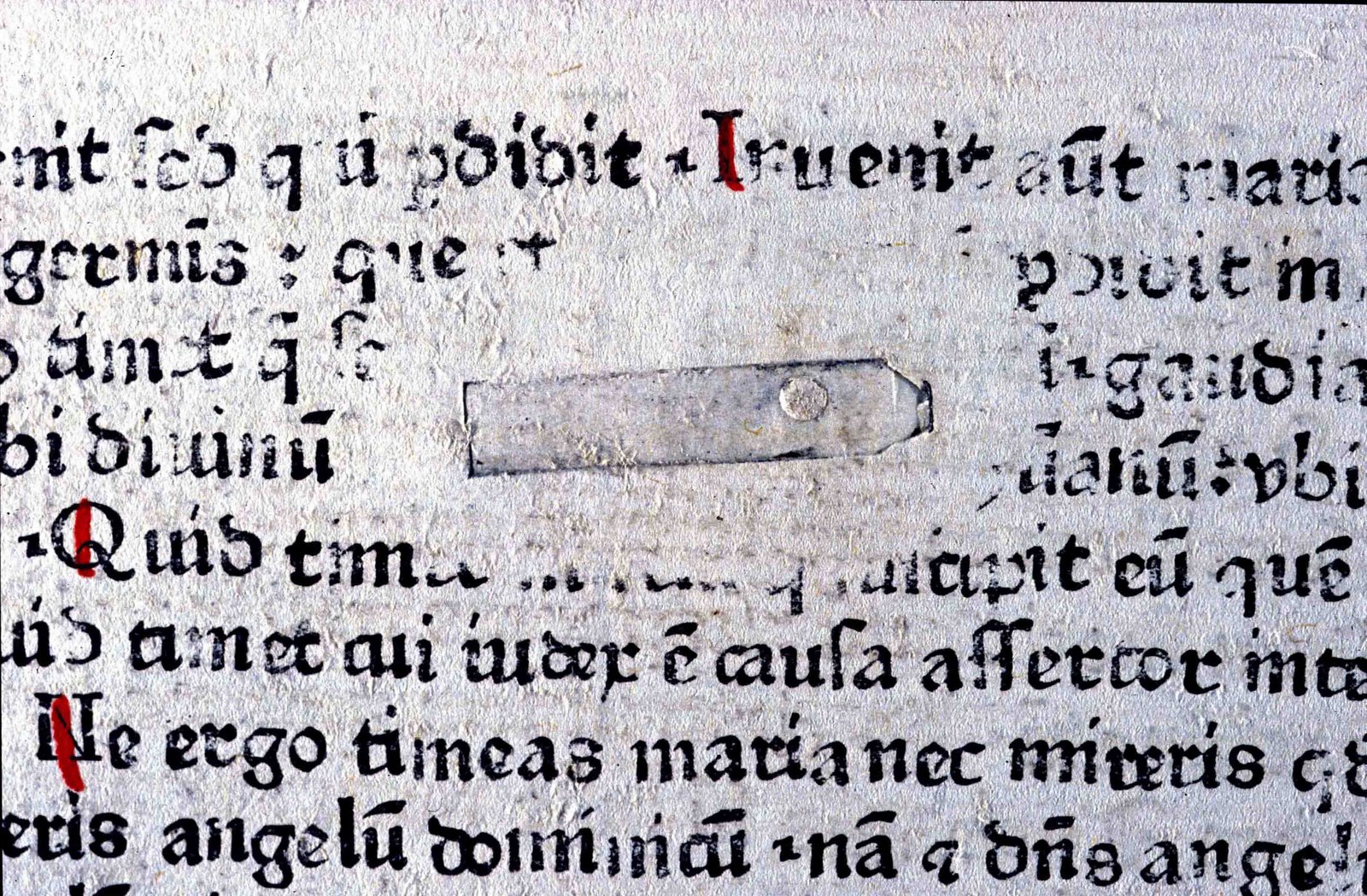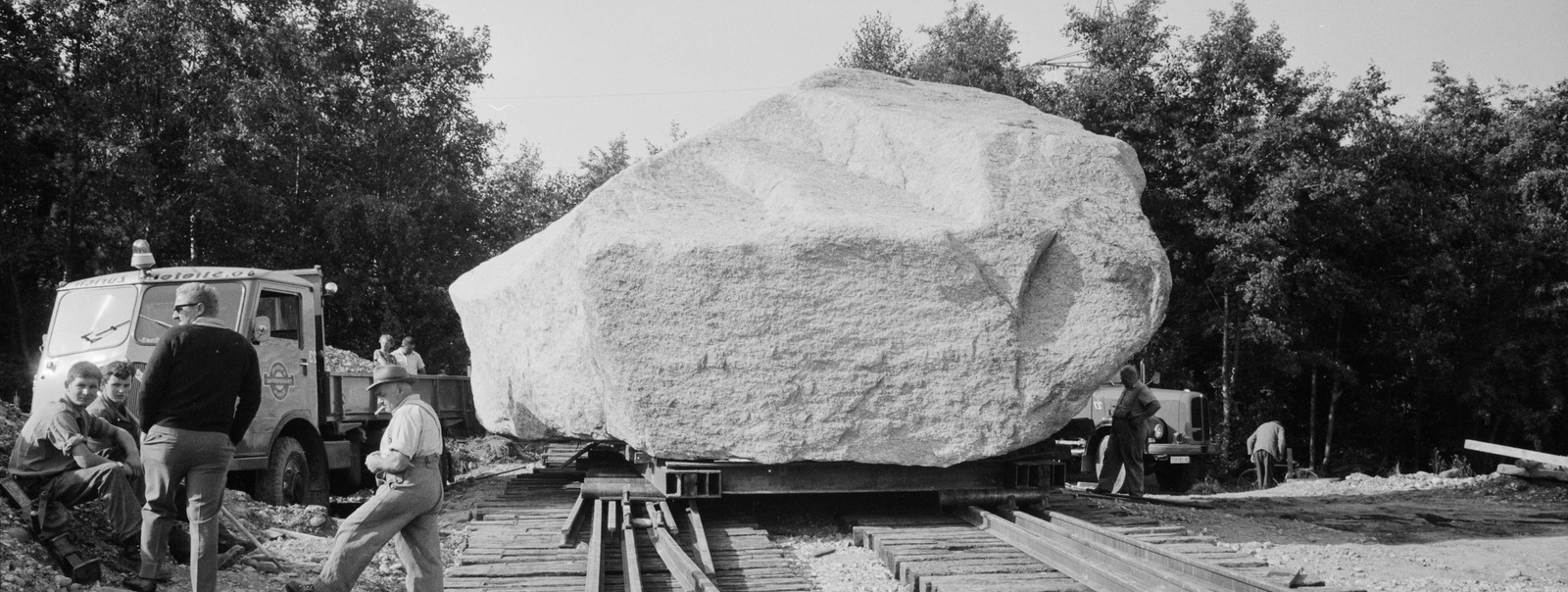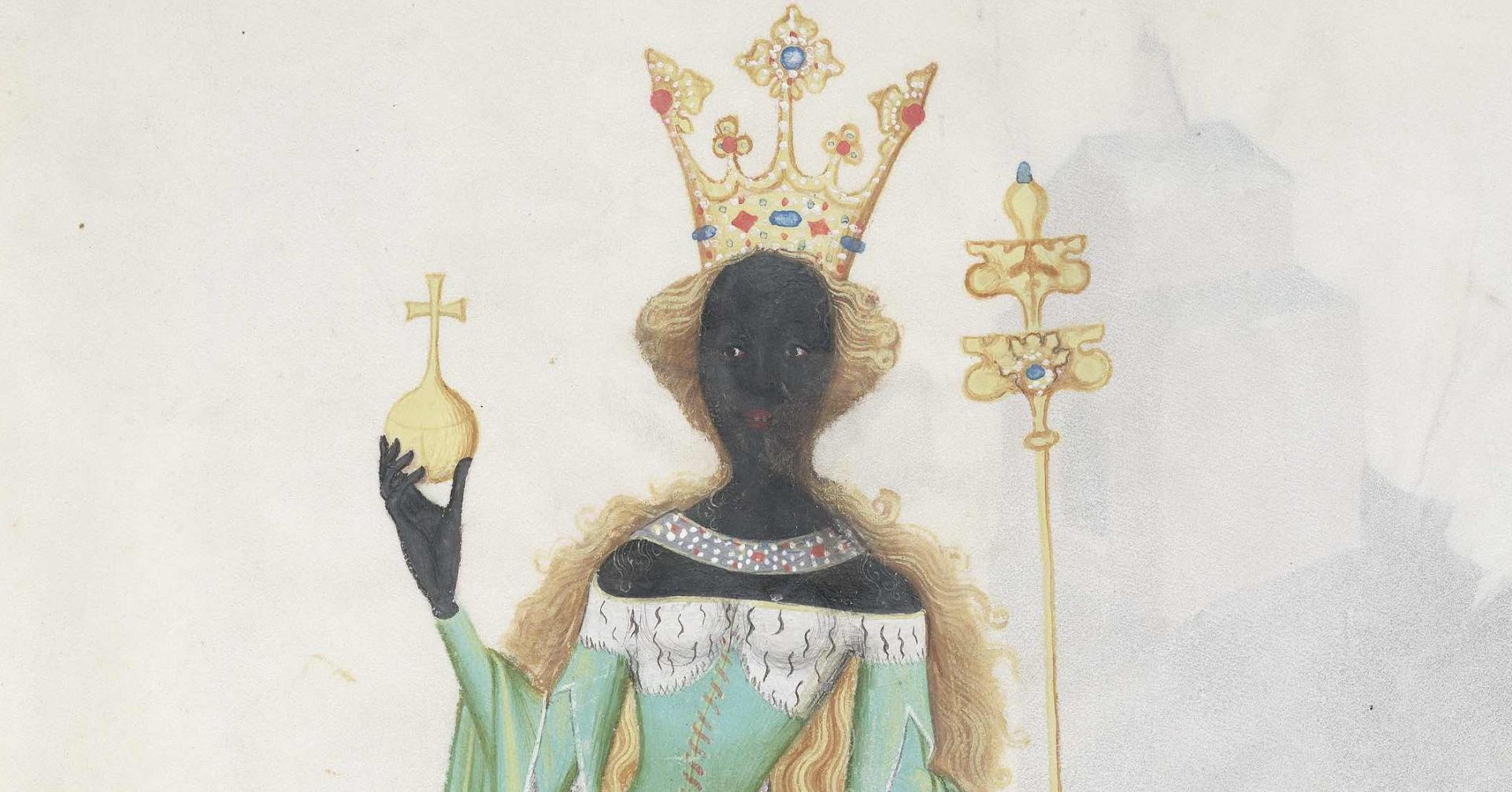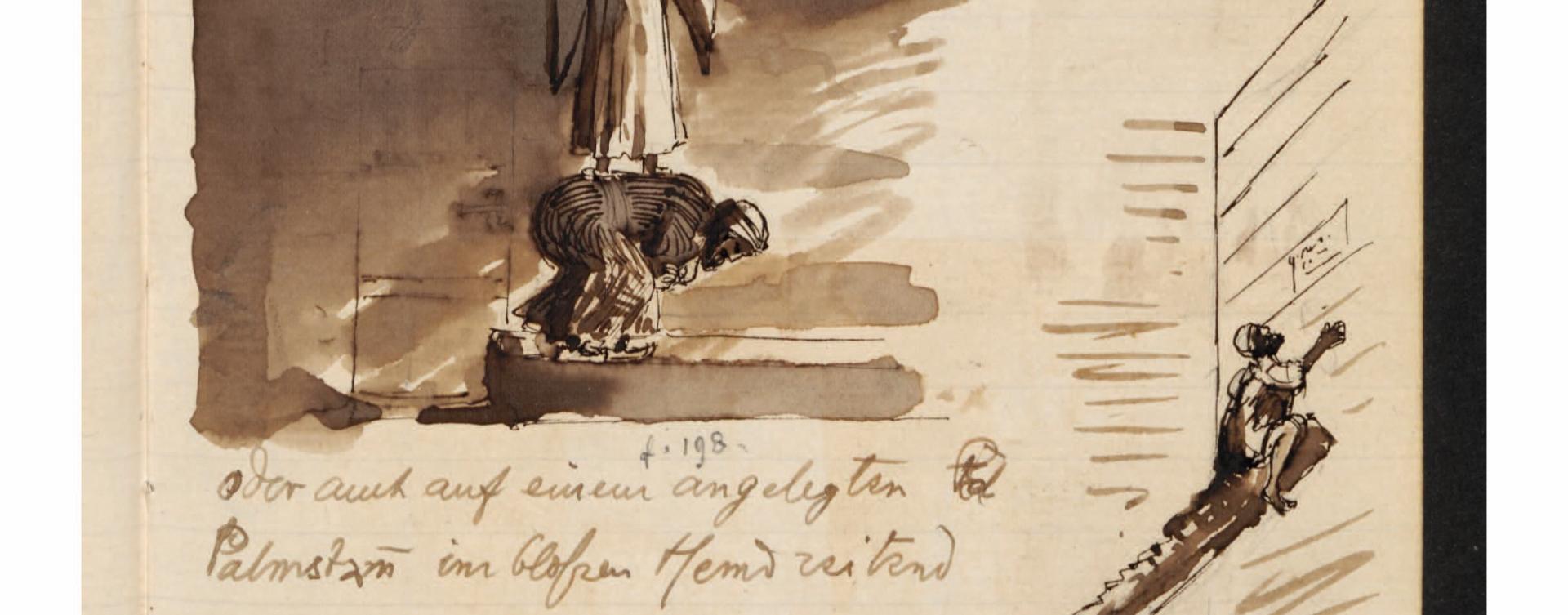Measuring and Calculating: Lisuan Knowledge During the Qing Dynasty's Anti-Western Policies, 1736–1840
Po-Yuan Cheng’s project examines the development of lisuan knowledge among scholars outside the imperial court during the mid-Qing Dynasty and its impact on perceptions of technological knowledge in Confucian scholarly circles.
Lisuan, a genre encompassing both astronomy and mathematics, was not highly regarded in Late Imperial China, but attracted increased attention after the mid-eighteenth century. Po-Yuan explores how the Empire’s political system, media technology, and social environment influenced the production and dissemination of lisuan after the ban on Christianity by the Yongzheng Emperor.
Examining knowledge-making in mathematics during the mid-Qing dynasty, this project utilizes royal archives, monographs, and daily encyclopedias to investigate the motivations and methods—including intellectual interactions across ethnic groups (Manchu, Han, European) and professional identities (officials, scholars, publishers)—that enabled scholars to engage with lisuan knowledge. Focusing on knowledge production beyond the imperial court, the project challenges traditional views of linear knowledge progression and technological determinism and highlights the knowledge mechanisms that shaped scholarly, educational, and publishing practices.
Po-Yuan earned a BA in Chinese literature and political science, then an MA in Chinese literature, at National Taiwan University. His MA thesis examined literary craft in the Qing dynasty, offering insights into the intellectual challenges faced by Confucian scholarly society.

Image 1: A mother (left) teaches her child abacus calculation, part of traditional Chinese education in the six arts (© Yu, Xiangdou (1599). Chūgoku Nichiyō Ruisho Shūsei. Edited by Sakai, Tadao, Sakade, Yoshihiro, and Ogawa Yōichi Tanaka, 1999-2004, p.345).
Image 2: The palm positioning method in an encyclopedia shows hand gestures and phrases for multiplication and division (© Mao, Huanwen (1746). Zeng Bu Wan Bao Quan Shu, 30 juan, no. 9, In Harvard-Yenching Library Rare Book Collection. Edited by Shi Wen Jia . Guangxi Normal University Press, 2017, p.138).
Image 3: Workers arrange wooden type blocks for printing royal books during the Qianlong reign (© Jin, Jian (1782). Qinding Wuyingdian Juzhenban Chengshi, 1 juan. In Siku Quanshu: History Section, Political Works. Vol. 431, Taipei: Taiwan Commercial Press, 1983-1986).
Building a Future in Outer Space: Knowledge Control, Institutional Cultures, and Cold War Imagined Technologies
Alex Hall’s project examines U.S. designs during the Cold War for lasting, habitable infrastructure in outer space, including lunar bases and orbital stations. It considers how secrecy, other forms of knowledge control, and differing institutional cultures can affect designs and expectations for technological futures.
Alex asks how control over sensitive knowledge and technologies might determine what is learned or not learned through research and what is considered technologically feasible. What relationship did restricted networks have with open research and popular culture, and what does it mean to call an imagined system “secret” when associated knowledge, ideas, and people also circulate outside it?
Engaging the Science and Technology Studies literatures on secrecy and non-knowledge, this project traces official plans through policy papers, feasibility studies, and other government documents, alongside developments in open networks of research, policy, and advocacy as well as popular culture.
Alex holds a BA in History from the University of Exeter, where he won the dissertation prize for his research on the American space shuttle program. He has also worked as a research assistant in Exeter University’s Wellcome Centre for Cultures and Environments of Health and holds an MSc in Security Studies from University College London.
Publications & Presentations
Presentations
August 2024: “Imagined Atlases: Depictions of Technological Futures in Cold War America”, Slade School of Fine Art, University College London.

Image 1: Landscape painting of a lunar outpost design, featured in the US Army Ballistic Missile Agency’s Project Horizon draft report in 1959 (© Smithsonian National Air and Space Museum).
Image 2: Photograph from the Pic du Midi observatory, used in a 1961 report by the US Air Force’s Geophysics Research Directorate, titled “Location of a Lunar Base” (Public domain, available through TRAIL: Technical Report Archive and Image Library).
Image 3: Slide from a 1983 National Aeronautics and Space Administration (NASA) viewfinder presentation, detailing its plans for Space Station Freedom. (© Smithsonian National Air and Space Museum).

Image 1: Fallen type with flat foot, sloping shoulders and a hole drilled through. From Petrus Damascenus, Liber in laudem Mariae, printed by Nicolaus Götz in Cologne about 1475, Leaf [b4v] (© Cambridge University Library, shelf mark Inc. 3A.4.9, ISTC ip00468000; MEI 02014903 and James Mosley 2007: http://typefoundry.blogspot.com/2007/06/fallen-and-threaded-types.html).
Image 2: Granite Block from Henry de la Beche’s ”The Geological Observer“, Longman, Brown, Green, and Longmans, London 1851 (© “Fig 97”, sketch by W. Griem, in: De la Beche, Henry. (1852): The Geological Observer. Trans. by Carl Hartmann; Verlag B.F. Voigt, Weimar. https://www.geovirtual2.cl/geoliteratur/Beche/Beche-097-Bloque-Erratico.jpg).
Image 3: Large boulder on the construction site of Nordostschweizerische Kraftwerke AG (NOK) in Birrfeld, 1965. Photograph by Jules Vogt (© ETH-Bibliothek Zürich, Bildarchiv).
Of Types and Stones: A Media History of Knowledge on Spatial Deviation
Lena Kasten’s project contributes to a media history of knowledge by examining the epistemological implications of “errant” objects.
The project develops a figure of thought that crosses historical epochs and disciplinary boundaries. By comparing two types of objects that are commonly conceived of as misplaced—printing “errata” and glacier-transported “erratic blocks”—Lena seeks to connect the history of printing with the history of geology.
Both mis-laid metal type and glacial erratics can be seen as disruptive elements of a given symbolic order. An error in print disturbs the consistency of a sentence or the visual layout of a page, while erratic blocks deviate from the surrounding bedrock. Combining media history with a focus on epistemic effects, the project aims to show that these errant objects have influenced processes of knowledge production. It traces discourses concerning their occurrence and origin, then turns to the media employed for their administration, to reveal shifts in scholarship and scientific practices.
Lena’s thesis “Der Querulant. History of a Social Figure” at Zeppelin University, Friedrichshafen, won the Best BA Thesis Award from the Zeppelin Universitätsgesellschaft. She earned her MA in the program “Culture and History of Science and Technology” at TU Berlin.
Becoming Bonobo: On Modeling a Species
Hannah Kressig’s project asks how the bonobo has been conceptualized as a species different from the common chimpanzee and as a model for human evolution over the past hundred years.
Almost a century has passed since bonobos were first described as a distinct species, but it was not until the 1990s that they gained popularity as matriarchal “hippie apes.” They continue to be invoked as an alternative evolutionary model to chimpanzees, based on cooperation rather than competition and serving as an image of hope for a peaceful humankind.
To understand how the identity of bonobos was created, and how questions about human nature were negotiated in that process, Hannah investigates museums, zoos, laboratories, and field stations as key sites for researching and preserving bonobos as both a species and an object of knowledge. Analyzing publications, archival sources, and oral histories, she examines the practices and politics through which we define our closest kin and, at the same time, continually redefine ourselves.
Hannah holds a BSc in interdisciplinary sciences and an MA in the history and philosophy of knowledge from ETH Zurich. She wrote her master’s thesis on the great ape specimens of the Naturmuseum Winterthur, where she worked during her studies.
Publications & Presentations
Articles
Kressig, Hannah (2023). “Coal-Truck Variations.” In: Delirium 14: 42–49. https://delirium-magazin.ch/section/search/kressig/coal-truck-variations.
Kressig, Hannah (2021). “Auf den Denkspuren der Schleimpilze.” In: Entropie Blog. https://entropie.ethz.ch/auf-den-denkspuren-der-schleimpilze/.
Kressig, Hannah (2020). “Die Klimakatastrophe zwischen Science und Fiction.” In: Entropie Blog. https://entropie.ethz.ch/die-klimakatastrophe-zwischen-science-und-fiction/.
Contributing editor
Feyerabend, Paul. Historische Wurzeln moderner Probleme: Vorlesung an der ETH Zürich 1985. Edited by Michael Hagner and Michael Hampe in cooperation with Hannah Kressig and Anna Morawietz. Berlin: Suhrkamp, 2023.
Presentations
May 2024: “Endstation Hotel Banana City: Die Menschenaffenpräparate des Naturmuseums Winterthur.” International Museum Day, Naturmuseum Winterthur.
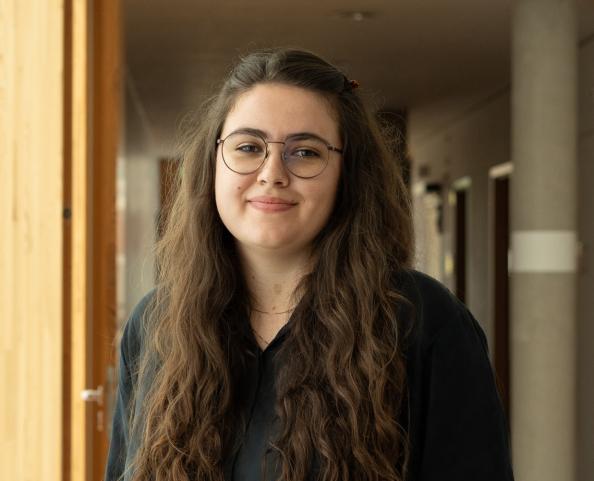
Image 1: Documentation of the taxidermy process of a bonobo group mounted by Kurt Küng at the Natural History Museum Bern for the 1958 Brussels World’s Fair (© Archive of the Natural History Museum Bern).
Image 2: Illustration of a comparison between a bonobo and an Australopithecus (© Adrienne L. Zihlman (1982), The Human Evolution Coloring Book, New York: HarperCollins, 105/106).
Image 3: The alleged chimpanzee but actual bonobo ‘Prince Chim,’ who was bought and studied by Robert Yerkes in 1923, before the bonobo was discovered as a distinct species. (© Robert M. Yerkes (1925), Almost Human, New York: The Century Co., 140/141).
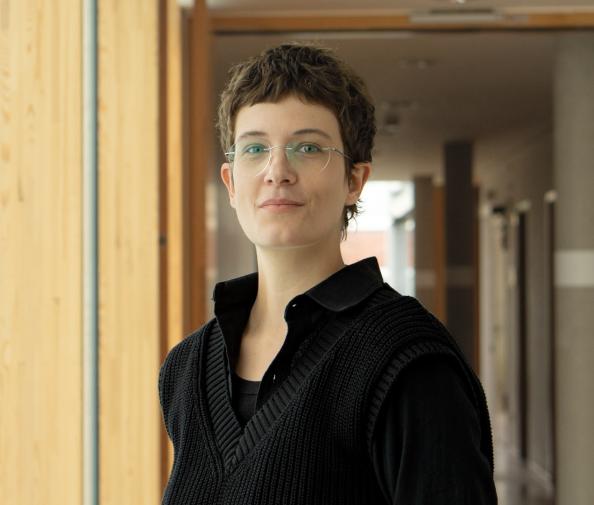
apielenhofer@mpiwg-berlin.mpg.de
Image 1: Squeeze made in 1888 of a Late Sabaean inscription from the ancient Maʾrib Dam (© Austrian Academy of Sciences, Collection Eduard Glaser, AT-OeAW-BA-3-27-P-0723).
Image 2: Fifteenth century illustration of the biblical Queen of Sheba from Conrad Kyeser’s Bellifortis (© Göttingen State and University Library, 2 Cod. Ms. Philos. 63, Cim., fol. 122r).
Image 3: Illustration of squeeze-making from Julius Euting’s travel diaries (1884) (© University Library of Tübingen, Md 676-22., fol. 51r).
Squeezing Knowledge out of Rocks: The Politics of Paper Squeezes in Nineteenth-Century Sabaean Studies
Annca Pielenhofer’s project follows squeezes—paper replicas of ancient stone inscriptions—from the Arabian Peninsula to European epigraphic collections, investigating how political claims arose through the establishment of this new area of philological knowledge-making.
Squeeze-making is an epigraphic technique for producing three-dimensional paper casts of stone inscriptions. To promote systematic study of the Sabaean script used in stone inscriptions from pre-Islamic kingdoms of South Arabia, European South Arabists of the late nineteenth century mobilized the high epistemic status of squeezes and organized expeditions to Arabia to produce them. Annca investigates instances where the production of these epistemic artifacts by European travelers and their South Arabian associates prompted political arguments and movements in both Europe and South Arabia.
To study European imaginaries of the Arabian Peninsula and the life of squeeze-making in South Arabian social movements, the project combines approaches from the history of humanities, object biography, and media studies. As well as analyzing humanistic and political discourse, it involves the experimental reconstruction of squeeze-making practices.
Annca studied history and Jewish studies in Munich, Tel Aviv, and Chicago and has an MA in Jewish studies from the University of Vienna. Before joining the IMPRS, she worked on her PhD project as a Junior Fellow at the International Research Center for Cultural Studies (ifk) in Vienna.
